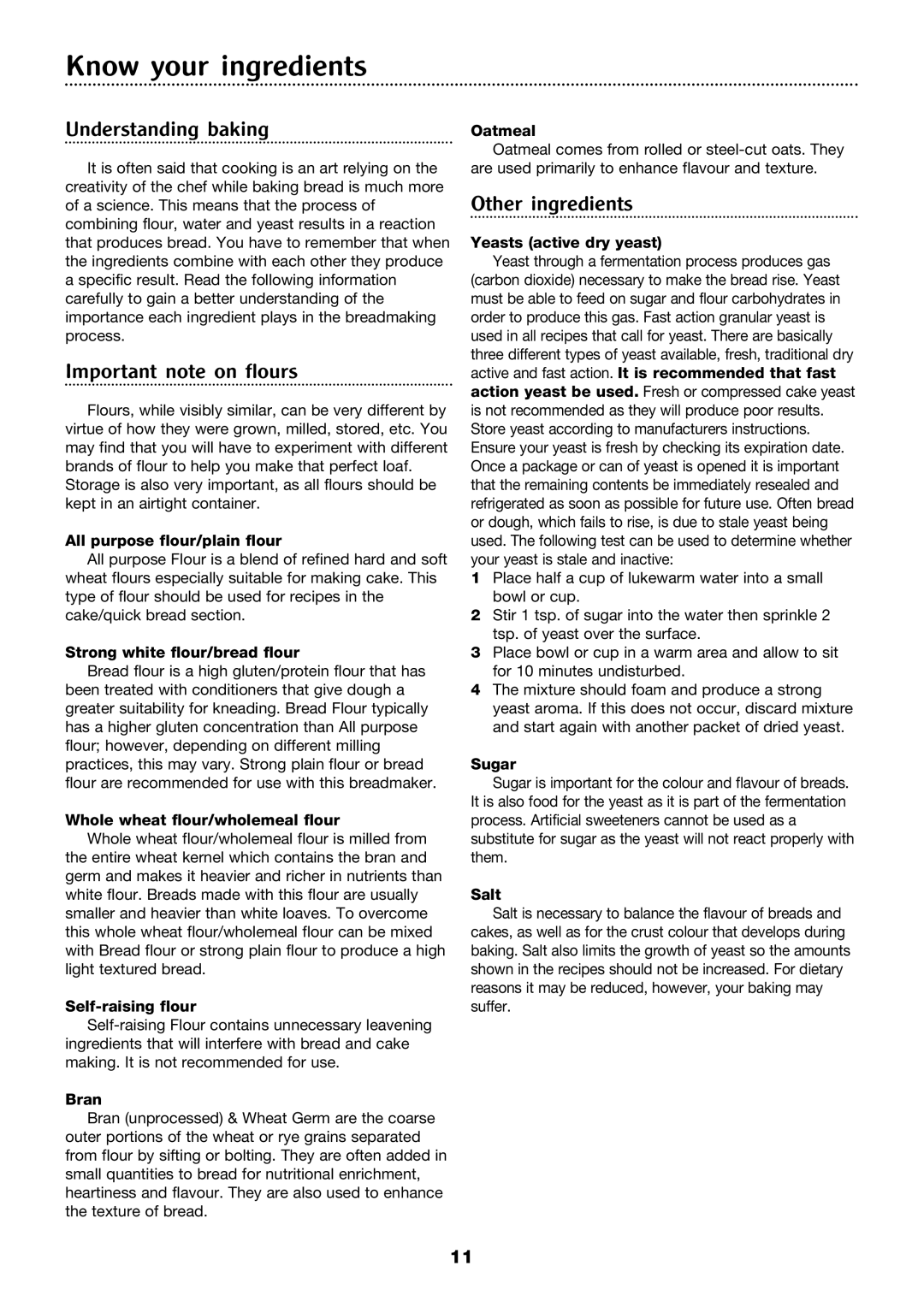Compact breadmaker specifications
The Morphy Richards Compact breadmaker is an innovative kitchen appliance designed for bread enthusiasts and anyone looking to enjoy freshly baked bread at home without the hassles of traditional bread-making methods. With a sleek, compact design, it fits perfectly into any kitchen space, offering convenience without compromising on performance.One of the standout features of the Morphy Richards Compact breadmaker is its versatility. It accommodates a variety of bread types, including white, whole wheat, gluten-free, and even specialty breads, catering to diverse dietary preferences. This versatility is further enhanced by the machine’s multiple pre-set programs, allowing users to easily select the desired type of bread with just a push of a button.
The built-in timer is another significant advantage of this breadmaker. Users can set the timer to have fresh bread ready at their preferred time, making it convenient to wake up to the smell of freshly baked goods or to come home to a warm loaf after a long day.
Morphy Richards has incorporated advanced technologies into this compact breadmaker to ensure the best baking results. The adjustable crust control feature allows users to choose their preferred crust color, from light to dark, ensuring that each loaf meets personal taste preferences. Additionally, the machine’s automatic kneading system effectively mixes ingredients and develops gluten, essential for achieving the perfect bread texture.
The compact breadmaker is designed with user-friendly controls, including a digital display that clearly indicates the selected settings and baking time. Cleaning is made easy with a non-stick bread pan that can be removed for hassle-free washing.
Safety is also a key consideration, as the appliance is equipped with an automatic shut-off feature to prevent overheating and ensure user peace of mind.
In summary, the Morphy Richards Compact breadmaker combines style, functionality, and user-friendly features. With its variety of settings, advanced technologies, and safety features, it provides a seamless experience for both novice and experienced bakers. Whether you are looking to explore new recipes or produce classic loaves, this breadmaker is an excellent addition to any kitchen, allowing you to enjoy homemade bread on your terms.

